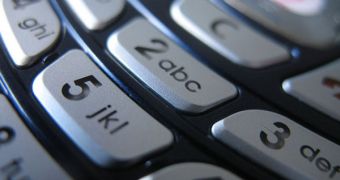Rutgers University researcher Peter D. Loeb, a professor of Economics, has recently authored two new studies detailing the influence of cell phones in the deaths of countless drivers and pedestrians over the past years. His studies span across a period of 27 years, from 1975 to 2002. He has analyzed several key factors before establishing correlations, such as the speed of the vehicles, the role of alcohol consumption, the amount of light on the street, the number of miles driven, as well as the use of seat belts.
His results show beyond the shadow of a doubt that talking on the cell phone indeed increased the number of victims, in both drivers and pedestrians. The former, for one, easily get distracted by telephone conversations when on the road, and tend to pay little attention to the route and to the steering wheel, as they gesture inside the car. On the other hand, pedestrians who talk on their cell phones are very likely to ignore the colors on the traffic lights and plunge head-first into the busy traffic.
“Cell-phone users were able to quickly call for medical assistance when involved in an accident. This quick medical response actually reduced the number of traffic deaths for a time,” Loeb says, adding that, before the number of telephones exploded, the communication devices actually had a “life-saving effect” on individuals, who could call for an ambulance faster than usual. But, once their number reached the critical mass of 100 million, they started interfering with people's lives, literally.
The researcher shares that, at this point, cell phones have a “significant adverse effect on pedestrian safety,” as people have gotten used to them and cannot stop talking on them for extended periods of time. In the 1980s, when the technology was new, a rise in the number of casualties could be considered predictable, seeing how persons were not used to the technology. But now, they are more than accustomed to it, and the number of victims still increases yearly.
The most alarming thing about Loeb's study is the fact that not even after factoring in all the other elements, such as speed and alcohol consumption, did the results and the correlations between the number of deaths and the level of cell phone usage change. This means that talking/texting while driving has, most certainly, an immediate effect on the amount of attention a driver pays to the road, and to pedestrians implicitly.

 14 DAY TRIAL //
14 DAY TRIAL //